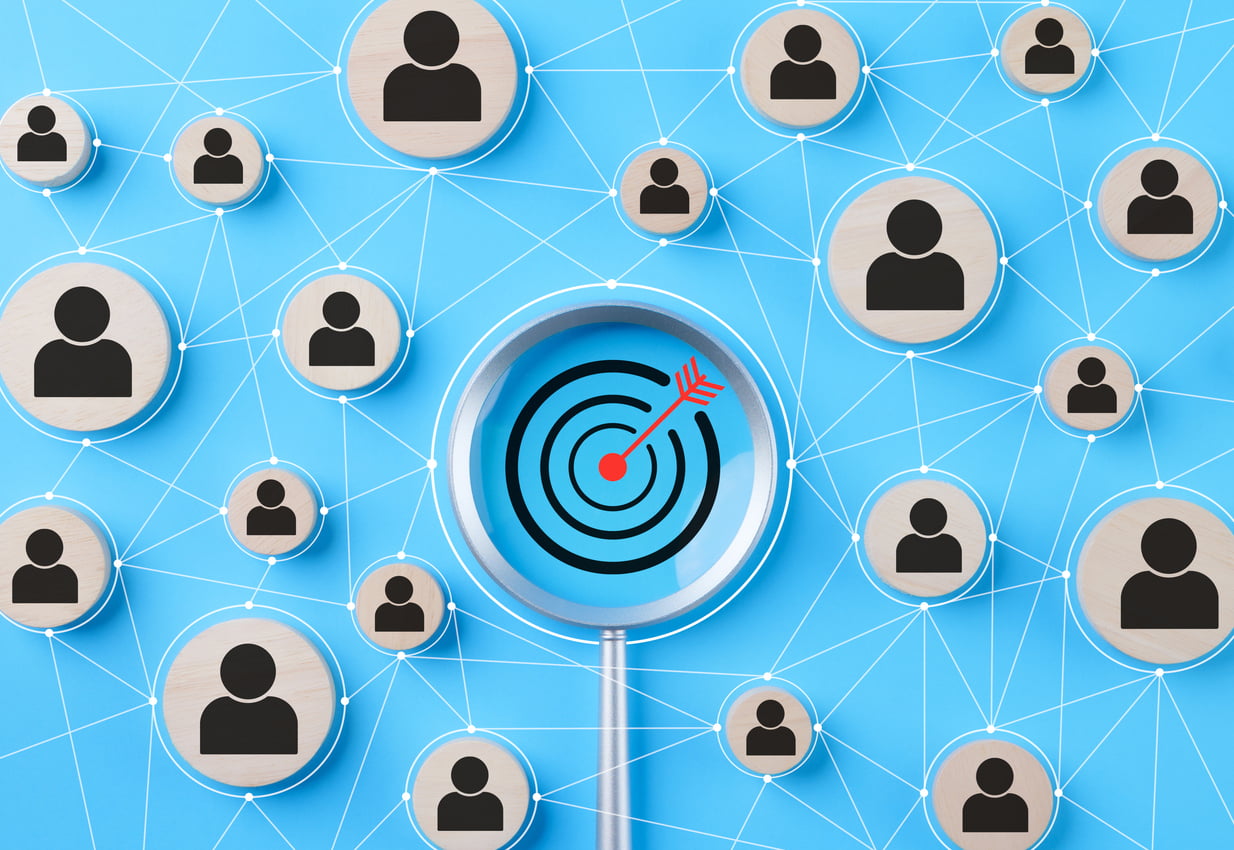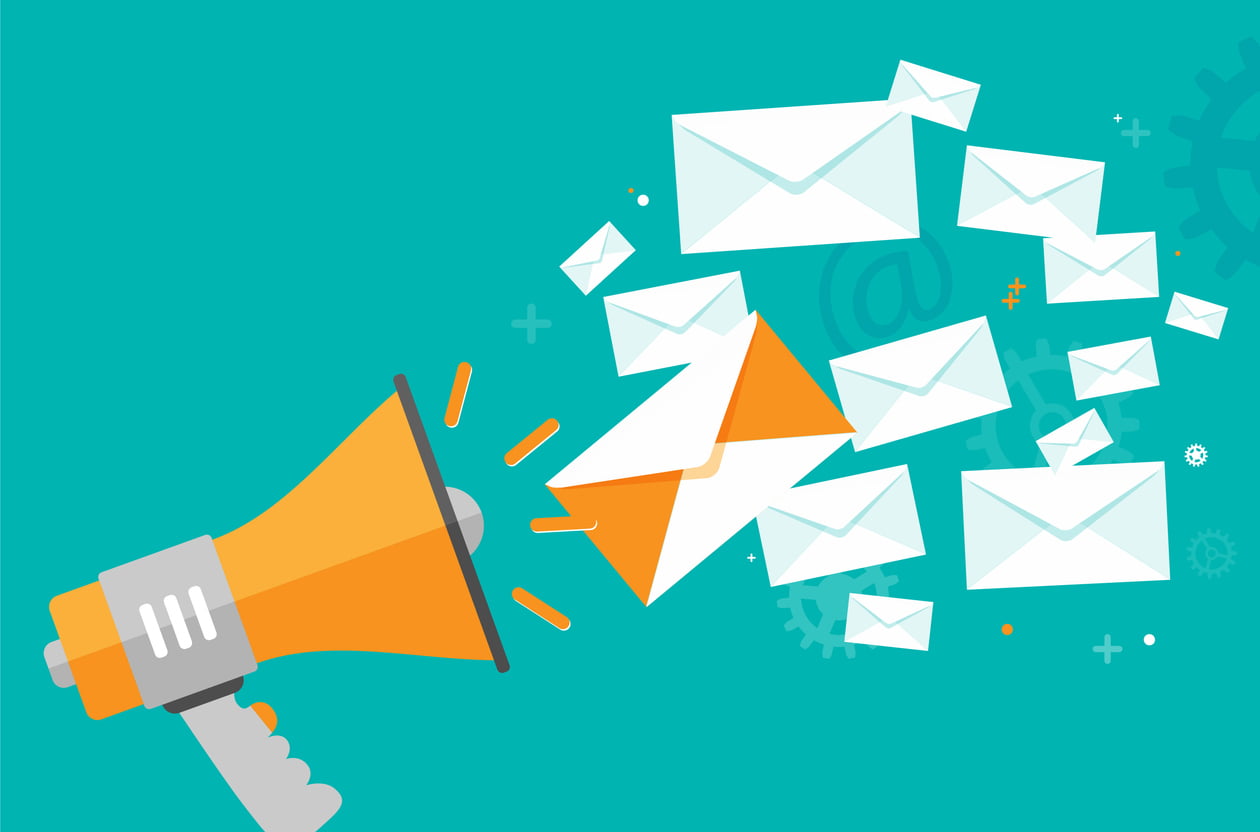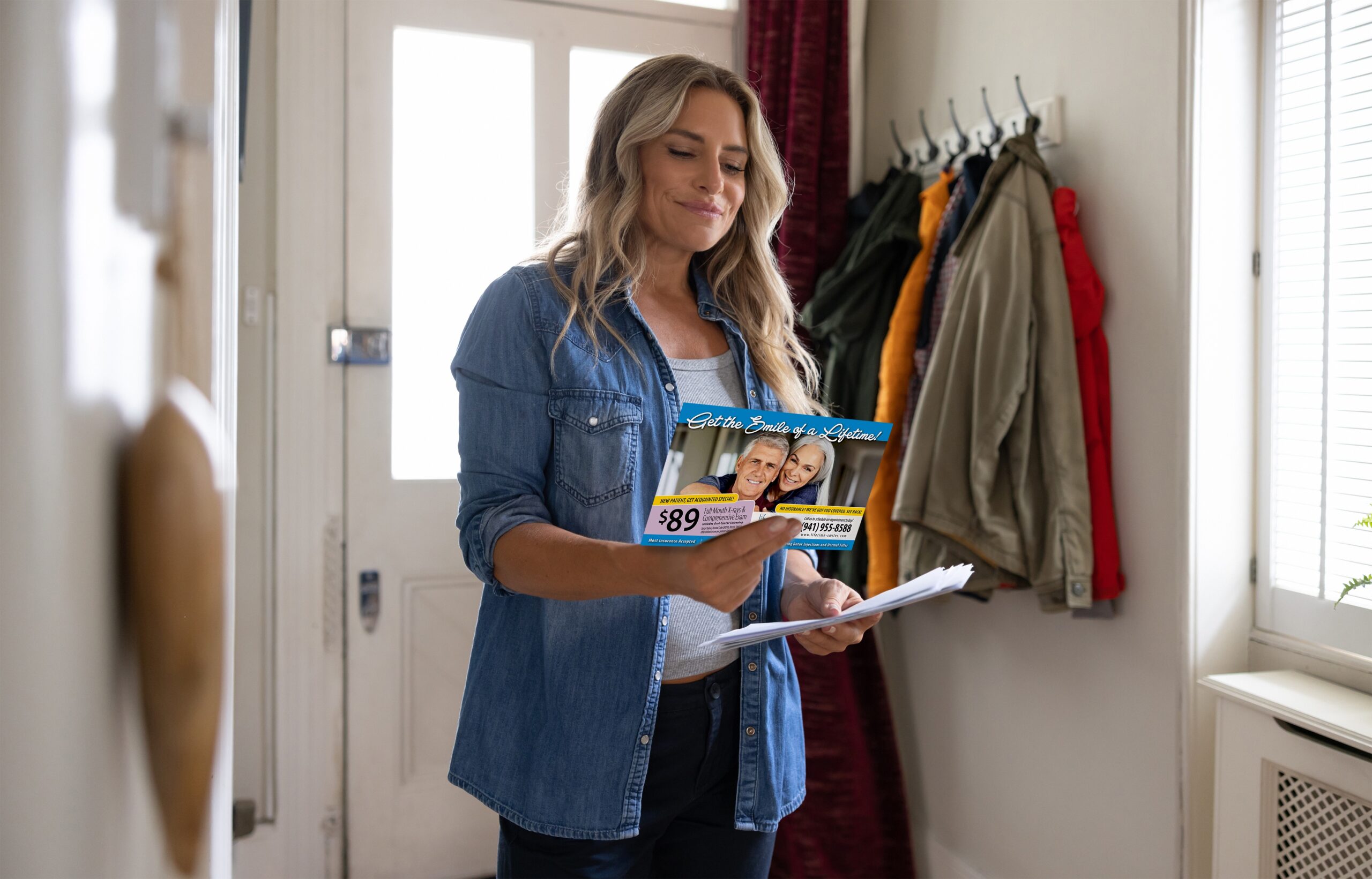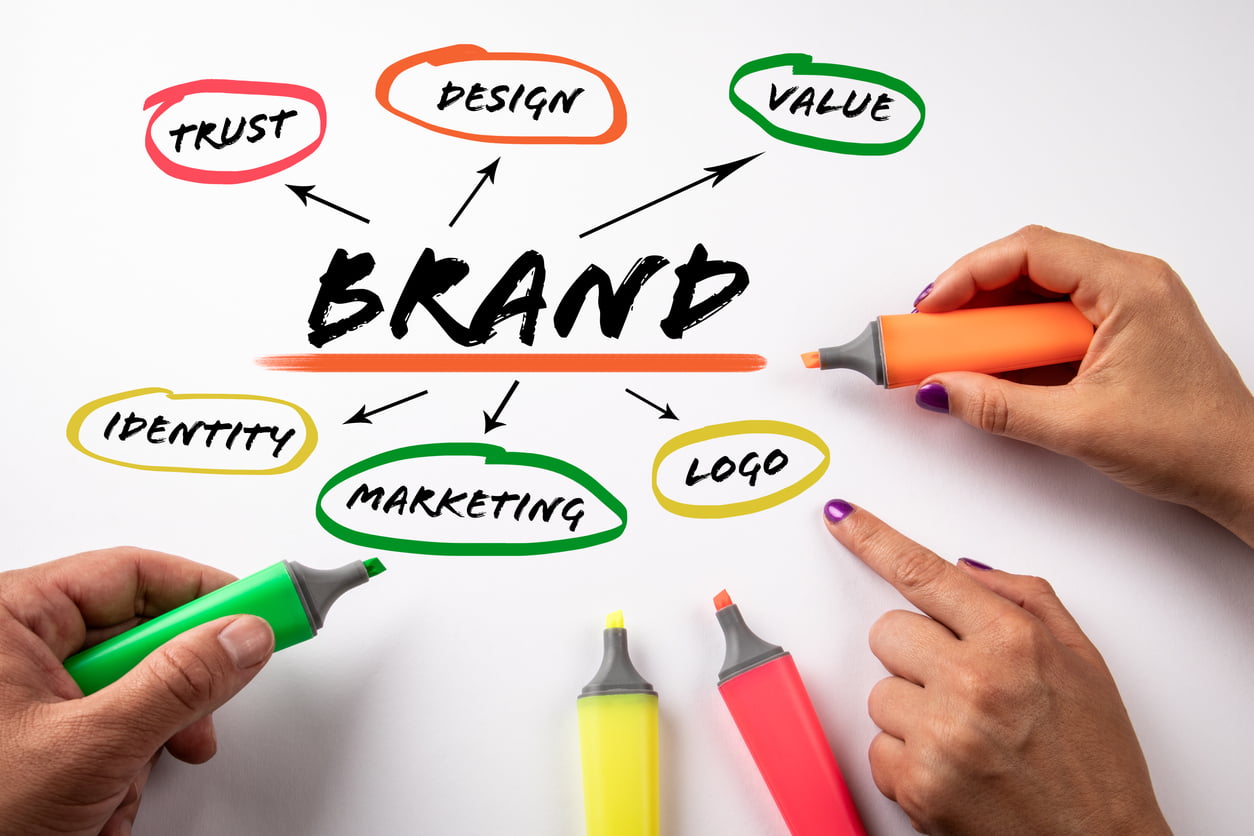
17 Tips for Better Leads Using Direct Mail
Mark Hale ‐ 07/18/2024

Mark Hale ‐ 07/18/2024

Mark Hale ‐ 07/08/2024

Mark Hale ‐ 07/15/2024

Mark Hale ‐ 04/17/2024

Mark Hale ‐ 04/10/2024

Mark Hale ‐ 02/09/2024

Mark Hale ‐ 10/03/2023

Mark Hale ‐ 08/22/2023

Mark Hale ‐ 08/10/2023

Mark Hale ‐ 05/25/2023

Mark Hale ‐ 04/24/2023

Mark Hale ‐ 04/11/2023

Mark Hale ‐ 04/03/2023

Mark Hale ‐ 03/28/2023









©2024 All Rights Reserved. Wilson Print Marketing USA
Built With by Wilson Print Marketing USA